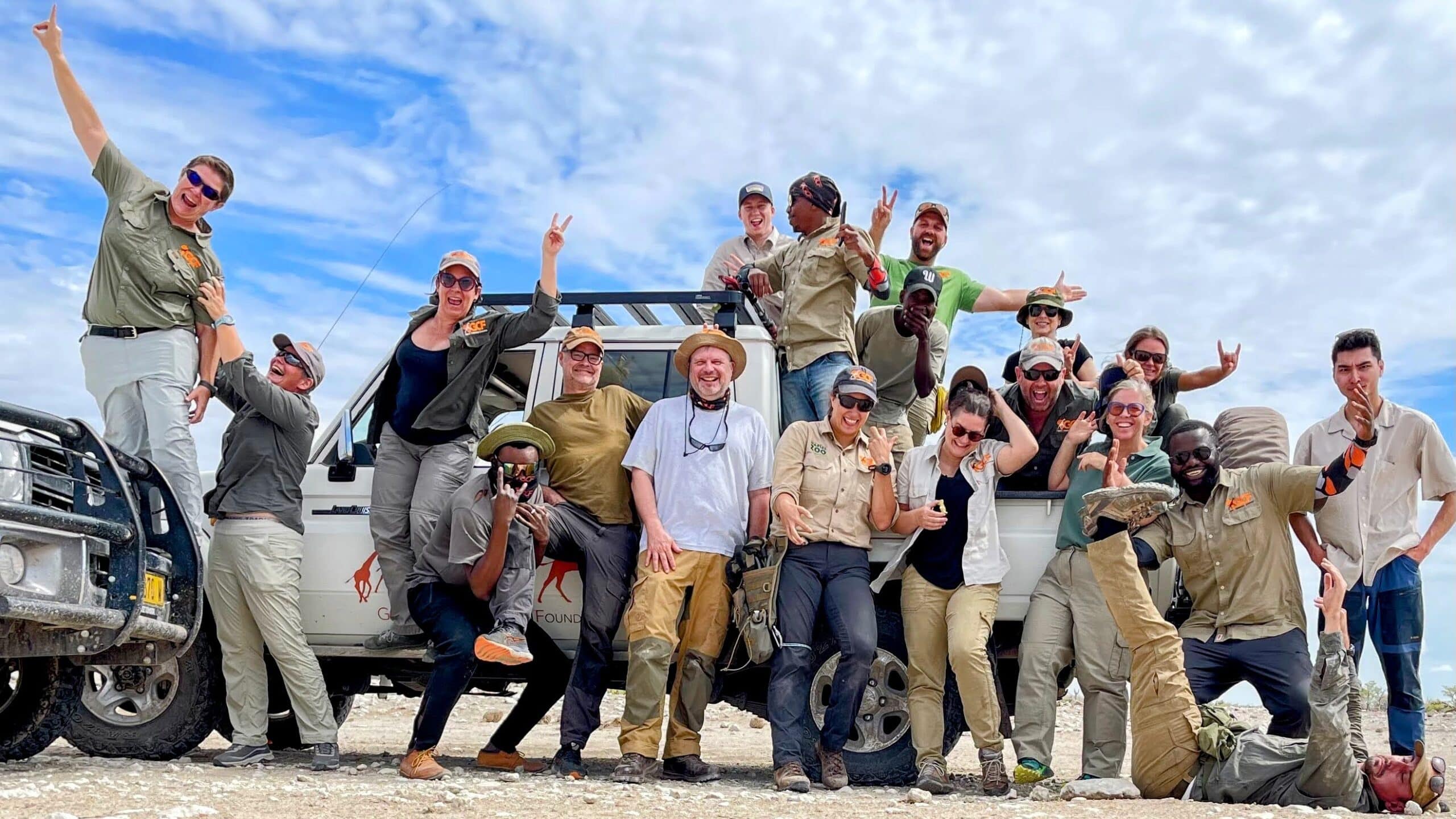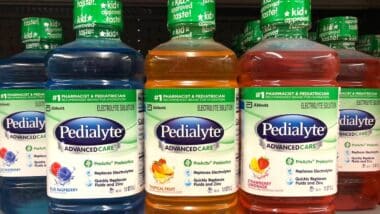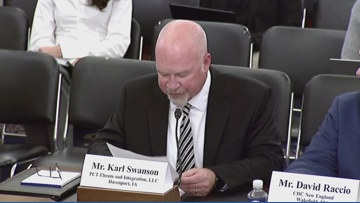Report on Commonwealth University’s Study Abroad Program in Belize
Program Overview and Objectives
A cohort of 16 students from Commonwealth University participated in a two-week, faculty-led study abroad program in Belize as a component of the course POLI 355: Politics and Culture in Belize. The program’s primary objective was for students to gain an informed perspective on the country through direct observation, field research, and experiential learning. The curriculum was structured around four key research topics directly relevant to the United Nations Sustainable Development Goals (SDGs): multiculturalism, sustainable development, globalization, and democracy.
Field Research and Alignment with Sustainable Development Goals (SDGs)
Student activities and research were intrinsically linked to several key SDGs, providing practical insight into the challenges and successes of a developing nation.
SDG 8, 11, and 12: Decent Work, Sustainable Communities, and Responsible Production
The program emphasized the economic and social structures of Belizean society, aligning with goals for sustainable economic growth and community development.
- Sustainable Tourism (SDG 8): Students met with a Belize tourism officer to analyze the national tourism model. Discussions focused on shifting from a cruise ship-based industry to an overnight tourism sector, a strategy aimed at ensuring more equitable and widespread economic benefits for local Belizeans, thereby promoting decent work and economic growth.
- Local Industry (SDG 12): A tour of the Western Dairies factory in the Mennonite community of Spanish Lookout provided a case study in local production and consumption patterns.
- Cultural Heritage (SDG 11): The curriculum included extensive study of Mayan civilization and its contemporary influence. Visits to archaeological sites such as Altun Ha, Lamanai, and Xunantunich underscored the importance of protecting and safeguarding cultural heritage as a component of sustainable communities (Target 11.4).
SDG 14 and 15: Life Below Water and Life on Land
A significant portion of the program was dedicated to observing Belize’s efforts in biodiversity and ecosystem conservation.
- Marine Conservation (SDG 14): The trip concluded with a visit to Caye Caulker, where students snorkeled in a protected marine area. This activity provided direct exposure to the importance of conserving marine resources and the ecosystems that support them, a core objective of SDG 14.
- Terrestrial Conservation (SDG 15): Students visited a Creole village to learn about a voluntary community preservation initiative to protect the local black howler monkey population. This served as a direct example of community-led action to halt biodiversity loss and protect terrestrial ecosystems.
SDG 10 and 16: Reduced Inequalities and Strong Institutions
The students’ research into Belize’s multiculturalism and democracy provided a framework for understanding social cohesion and governance.
- Multiculturalism and Reduced Inequalities (SDG 10): The program facilitated engagement with Belize’s diverse ethnic groups, including indigenous Mayan, Mestizo, Mennonite, and Garifuna communities. This exploration highlighted how a nation can foster unity while celebrating cultural differences, contributing to the goal of reducing inequalities within and among countries.
- Democracy and Governance (SDG 16): One of the four primary research topics was democracy in Belize, prompting students to analyze the nation’s political structures and institutions. This aligns with SDG 16’s focus on promoting peaceful, just, and inclusive societies with effective and accountable institutions.
Program Outcomes and Student Perspectives
The experiential learning model resulted in significant personal and academic development for the participants, fostering a global perspective in line with the ethos of the SDGs.
- Students reported an enhanced understanding that a single country’s perspective is not the only valid one and that firsthand experience is essential for comprehending global realities.
- The exposure to different socio-economic conditions prompted reflections on global disparities, with one student noting, “Why am I complaining about slow internet service when the people around me can’t afford food?”, which relates to the foundational goal of SDG 1 (No Poverty).
- The program successfully instilled confidence and a desire for continued engagement with and learning about developing nations.
Course Participants
- Salahudinn Abdul-Hamid (CU-Bloomsburg)
- Juliana Kim (CU-Bloomsburg)
- Jessica Lewis (CU-Bloomsburg)
- Leif Tolan (CU-Bloomsburg)
- Isabelle Wessler (CU-Bloomsburg)
- Thomas O’Malley (CU-Lock Haven)
- Janeyda Ortiz (CU-Lock Haven)
- Paige Smith (CU-Lock Haven)
- Marcus Clayton (CU-Mansfield)
- Charlotte Dean (CU-Mansfield)
- Destiny Dunn (CU-Mansfield)
- Melanie Mecca (CU-Mansfield)
- Dallas Schultz (CU-Mansfield)
- Hayley Skillens (CU-Mansfield)
- Kylie Waybrant (CU-Mansfield)
- Deja Weaver (CU-Mansfield)
SDGs, Targets, and Indicators Analysis
1. Which SDGs are addressed or connected to the issues highlighted in the article?
-
SDG 4: Quality Education
- The entire article is centered around a “faculty-led study abroad program” which is a form of higher education. The course aims to provide students with an “informed perspective” through “experiential learning activities,” “selected readings and educational tours,” directly contributing to quality education.
-
SDG 8: Decent Work and Economic Growth
- The article discusses Belize’s economy, particularly its tourism sector. It mentions that “over a million people visit Belize each year via the cruise ship industry” and highlights the country’s interest in “developing its overnight tourism sector, which more widely benefits Belizeans.” This relates to promoting sustainable tourism and creating economic benefits for the local population.
-
SDG 10: Reduced Inequalities
- The article emphasizes Belize’s “multiculturalism” and the diversity of its population, including “indigenous Mayans,” “Mestizo culture,” a “Mennonite community,” a “Creole village,” and a “Garifuna group.” The student’s reflection that “a country doesn’t need everyone to be the same to feel united” points to themes of social inclusion and respect for diversity.
-
SDG 11: Sustainable Cities and Communities
- The focus on protecting cultural heritage is evident through visits to “Mayan archaeological sites” like Altun Ha and Lamanai. The mention of a “Creole village that has organized a voluntary community preservation initiative” also highlights community-led efforts to safeguard local heritage and the environment.
-
SDG 14: Life Below Water
- The article explicitly mentions Belize’s “world’s second largest barrier reef system.” The students’ activity of snorkeling “in a protected marine area” near Caye Caulker directly connects to the conservation and sustainable use of marine ecosystems.
-
SDG 15: Life on Land
- The article describes a “voluntary community preservation initiative to protect the black howler monkey population.” This is a clear example of action taken to protect terrestrial ecosystems and halt biodiversity loss.
2. What specific targets under those SDGs can be identified based on the article’s content?
-
Target 4.7: By 2030, ensure that all learners acquire the knowledge and skills needed to promote sustainable development, including, among others, through education for sustainable development and sustainable lifestyles, human rights, gender equality, promotion of a culture of peace and non-violence, global citizenship and appreciation of cultural diversity and of culture’s contribution to sustainable development.
- The course itself, focusing on “sustainable development,” “multiculturalism,” “globalization,” and “democracy,” is designed to provide students with the knowledge and perspective described in this target.
-
Target 8.9: By 2030, devise and implement policies to promote sustainable tourism that creates jobs and promotes local culture and products.
- The discussion with the “Belize tourism officer” about shifting focus from the cruise ship industry to the “overnight tourism sector, which more widely benefits Belizeans” directly reflects an effort to implement policies for more sustainable tourism.
-
Target 11.4: Strengthen efforts to protect and safeguard the world’s cultural and natural heritage.
- The article details visits to numerous cultural heritage sites (“Mayan archaeological sites”) and mentions community efforts to preserve natural heritage (“protect the black howler monkey population”) and marine heritage (“protected marine area”), all of which align with this target.
-
Target 14.5: By 2020, conserve at least 10 per cent of coastal and marine areas, consistent with national and international law and based on the best available scientific information.
- The mention of snorkeling “in a protected marine area” indicates the existence of such conserved areas, which is the primary goal of this target.
-
Target 15.5: Take urgent and significant action to reduce the degradation of natural habitats, halt the loss of biodiversity and, by 2020, protect and prevent the extinction of threatened species.
- The “community preservation initiative to protect the black howler monkey population” is a specific action mentioned in the article that contributes directly to this target by protecting a local species and its habitat.
3. Are there any indicators mentioned or implied in the article that can be used to measure progress towards the identified targets?
- Indicator for Target 4.7: The existence of the course “POLI 355 Politics and Culture in Belize” with its focus on “sustainable development” and “multiculturalism” serves as an implied indicator of the extent to which global citizenship education and education for sustainable development are mainstreamed in higher education curricula.
- Indicator for Target 8.9: A qualitative indicator is implied in the strategic shift of the tourism sector. Progress could be measured by tracking the growth of the “overnight tourism sector” relative to the “cruise ship industry” and the resulting economic benefits for “Belizeans.”
- Indicator for Target 11.4, 14.5, and 15.5: The article implies the existence of protected areas as an indicator. The specific sites mentioned—”Mayan archaeological sites,” the “protected marine area,” and the community-managed habitat for the “black howler monkey”—are tangible examples that could be part of a national inventory used to measure the extent of protected cultural and natural heritage.
4. Create a table with three columns titled ‘SDGs, Targets and Indicators” to present the findings from analyzing the article.
| SDGs | Targets | Indicators |
|---|---|---|
| SDG 4: Quality Education | 4.7: Ensure all learners acquire knowledge and skills for sustainable development and global citizenship. | The existence of the university course “POLI 355 Politics and Culture in Belize” focusing on sustainable development and multiculturalism. |
| SDG 8: Decent Work and Economic Growth | 8.9: Devise and implement policies to promote sustainable tourism. | The stated interest of tourism officials in developing the “overnight tourism sector” to better benefit local Belizeans over the cruise ship industry. |
| SDG 11: Sustainable Cities and Communities | 11.4: Strengthen efforts to protect and safeguard the world’s cultural and natural heritage. | The mention of protected “Mayan archaeological sites” and community-led preservation initiatives. |
| SDG 14: Life Below Water | 14.5: Conserve at least 10 per cent of coastal and marine areas. | The existence of a “protected marine area” near Caye Caulker within the barrier reef system. |
| SDG 15: Life on Land | 15.5: Take urgent action to reduce the degradation of natural habitats and halt the loss of biodiversity. | The “voluntary community preservation initiative to protect the black howler monkey population.” |
Source: tiogapublishing.com







